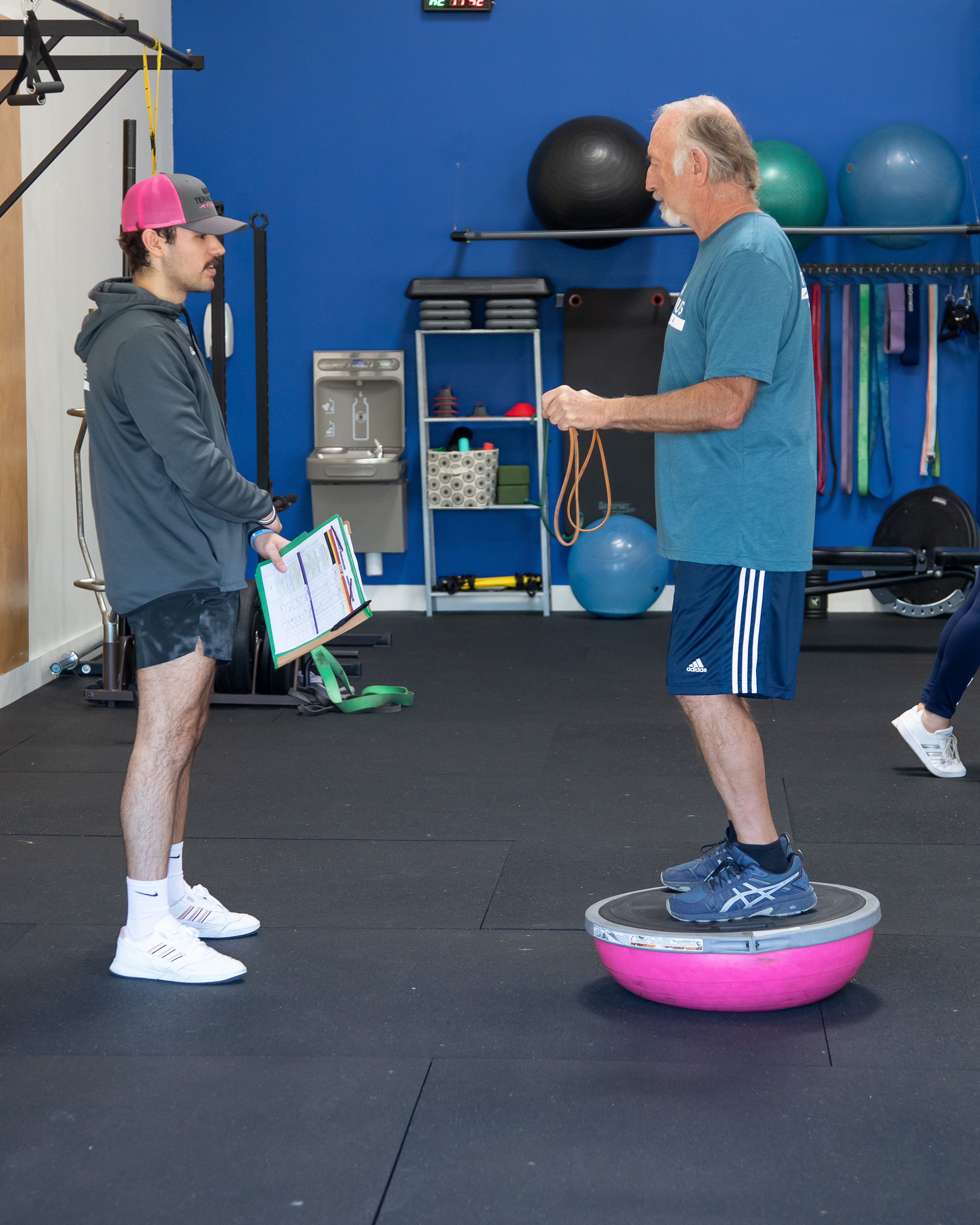Curbs, steps, speedbumps, and roots causing sidewalk cracks have a purpose in the functionality of our society. Sidewalk curbs create a location for our automobiles to park next to as not to disturb walking patrons. Speedbumps made of asphalt and painted with white or striped yellow give the message to drivers to slow down. Otherwise, the bottom end of the car could receive a reminder in the form of a repair bill from a local autobody shop. Trees need room to grow as well. Their roots spread underground to acquire nutrients and water so their leaves can deliver oxygen to the air we breathe.
Society and mother nature harmonizes, offering organization between humans traveling on foot, our four-wheeled gas-powered transportation devices, and our tall leafy friends, the trees. However, these byproducts of increased height on the ground we walk on are sometimes perceived as obstacles for individuals with hindered movement.
Walking is a normal human motion mastered at a young age. Putting one foot in front of the other to travel a set distance is commonly perceived as a non-challenging task. This is until something happens, causing us not to walk normally. Overcoming a significant illness, recovering from surgery, or shifting from a deconditioned lifestyle poses physical challenges to the body. Pain, lethargy, and decreased muscular strength and endurance can make these seemingly simple increases in height to move our feet while walking laborious and challenging tasks.
Maintaining the ability to have an efficient forward stride followed by the posterior follow throughout each step of walking ensures optimal forward movement. Picking up the feet to increase the elevation of the foot moving forward ensures we don’t scrape or stub the front of our foot on any object while walking forward. This motion requires adequate hip and knee flexion. As the femur elevates and the knee bends in a normal stride, the foot’s distance from the ground increases. Additionally, as the foot is elevated via optimal hip and knee flexion, the foot’s sole needs to be parallel to the ground. If the toes are at a decreased angle, the probability for the front of the foot to drag and catch an object increases. Lastly, proficient walking strides include an efficient follow-through in which the foot travels behind the body after that foot propels the body forward.
Awareness of these variables in walking is critically essential. However, to increase our body’s walking performance and decrease the likelihood of falling, consistently performing routine exercise substantially improves our overall walking performance. Below are a few techniques we practice with our personal training clients:
- Isolated single-leg step-up: Place one foot on a step three to nine inches high. The elevated foot remains on the step the entire time. While shifting the torso slightly forward to where the axis of the armpit is over the middle of the thigh, push the elevated heel on the step into the ground as you elevate your trailing foot onto the step. Next, maintain the same elevated foot on the step and slowly descend the trailing foot to the ground. Ensure to keep the elevated foot’s heel planted firmly into the step throughout the movement. Repeat this movement for one to three sets of five repetitions on each leg.
- Standing isometric single-leg hip flexion: Standing with good posture, lift one leg to where the thigh is somewhat perpendicular to the axis of the crest of the hip. Ensure to keep the shin directly under the knee as the thigh remains elevated. Stand next to an object to grab onto for balance, such as a door frame or post. Hold this position on each leg for one to three sets of fifteen seconds each leg.
- Standing knee flexion: Maintaining an upright posture, flex one knee by “kicking” the heel posteriorly toward the back of the body. You should feel slight muscular sensation in the hamstring muscles. If additional balance is required, perform this exercise against a wall. Repeat this movement for one to three sets of five repetitions on each leg.
Walking might seem like a task as simple as breathing. Unfortunately, physically traumatic events in life hinder our ability to perform such an everyday task. Remember to practice refining your walking stride. Let’s also remember to refine our walking performance practicing consistency and adherence to our exercise routine.
Sean McCawley, the founder and owner of Napa Tenacious Fitness in Napa, CA, welcomes questions and comments. Reach him at 707-287-2727, napatenacious@gmail.com, or visit the website napatenaciousfitness.com.

